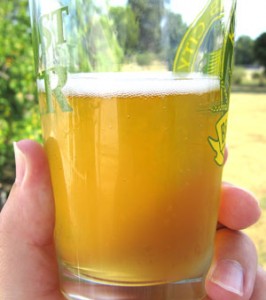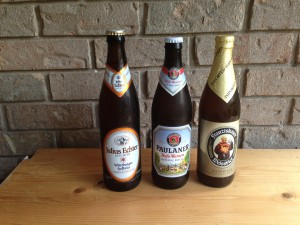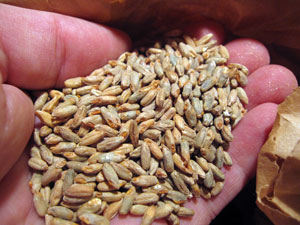If you’re a malt extract brewer who wants to make an outstanding hefe-weizen, try this recipe. It’s a little more involved than most extract recipes, but the results will definitely be worth it. See also the series on German hefe-weizens, which is still in progress. There are two versions posted here, one using English units and the other in metric. All-grain recipe to come.
Klinkerweizen
Extract (Partial mash); English units
DESCRIPTION
A classic Munich-style hefe-weizen for extract brewers. This recipe employs a partial mash and you will need a 3-gallon (or 5-gallon) beverage cooler with a spigot and a steeping bag large enough to line it. The partial mash will give the beer the full bready flavor and aroma of wheat malt, and the yeast will produce a nice balance of clove and banana (provided you follow the yeast selection, pitching rate and fermentation temperatures recommended). If you’ve never done a partial mash, this is a great recipe to begin exploring partial mashing. (They will all seem easy after this one.) You will need to bottle this in heavy bottles, so enjoy some commercial hefe-weizens before brewday and while the beer is fermenting.







Recent Comments